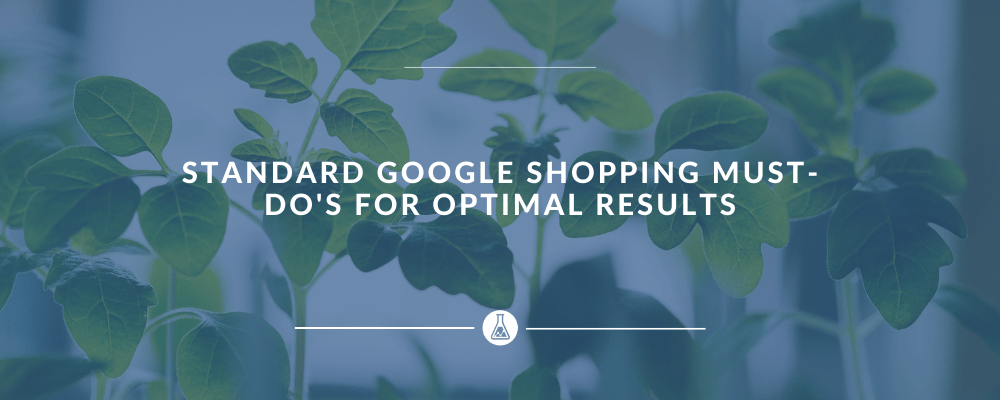With the steady push towards PPC automation, it’s easy to forget that you can still enjoy profitable results from standard Google Ads Shopping campaigns while retaining more control and gaining additional insights into your customer journey.
This id extremely valuable to a solopreneur near the beginning of their business journey or for a seasoned team looking to stay relevant and ahead of the ever-growing competition.
To take advantage of this “old school” approach, there are a few things we strongly recommend to do as you either launch a new Google Shopping campaign or optimize one that’s already running.
Segmentation
If you want to know how each brand you sell, product type, or individual product is performing, there’s good news; you can know it all!
You can easily choose detailed segmentations in any ad group you create.
Here’s our recommended breakdown:
Campaign
- Ad Group
- Brand Segmentation
- Product Type Segmentation
- Item ID Segmentation
- Product Type Segmentation
- Brand Segmentation
This not only helps with a detailed view of your product performance, but it also helps with organization.
If you only sell your own brand, or a singular brand you don’t own, feel free to skip the Brand segmentation and go right for the Product Type.
Important Tip: If you aren’t interested in advertising for everything you sell, exclude those under “Everything Else” after the segmentation is done.
Routinely Add Negative Keywords
With the new Smart Shopping campaign type, there is no option to add negative keywords. You have to trust that Google is showing your products for the best possible search queries.
With Standard Google Shopping campaigns, your products will show as search queries relate to your product title, description, and metadata. Over time you will inevitably appear for a term that you don’t want to.
This is easily remedied by adding that term as a negative keyword on either the campaign level, or ad group level, whichever makes sense for you.
In addition, if you know you don’t offer cheap versions (or cheap prices) of the products you sell, consider adding the term “cheap” as a negative phrase match right away. Spending time thinking about what you know you can block right out of the gate.
Be proactive with negative keywords whenever possible, and when you have to be reactive, react quickly!
Test Your Product Titles
This technique doesn’t get as much attention as it should. Most believe that if they sell Baby Yoda underwear, their product title should– and always remain– “Baby Yoda Underwear.”
That line of thinking makes us (and Grogu) want to puke.
There are capitalization tips, numerical techniques, and optimal lengths you should aim to implement.
- You’re allowed 150 characters for your titles, and anywhere between 75-100 characters is the sweet spot.
- Make use of commas, slashes, vertical slashes, etc. when it make sense. This has a cleaner, easier-to-read effect for the potential customer.
- Capitalize every word in your title. You’ll be amazed at how many sellers don’t do this, and Google notices.
- If you have any numbers in your titles, use numerical digits. Don’t spell them out.
Test Your Product Images
Google Shopping is a visual platform. It stands to reason to spend time analyzing and testing images for your products to help achieve a higher CTR (click-through rate) on your ads.
- Avoid being overly “artsy.” You want to feature your product cleanly and clearly. Keep it simple… Superstar!
- When featuring your product, its best practice to use a white or a very light grey background. Again, your goal should be a clean, easy to see image.
- Size it properly. Your image should be about 75-85% of the entire image. Don’t have too much dead space, and don’t crowd your product right to the edges
- If you use lifestyle images, use them as supplemental imagery. Lifestyle images can be a very effective tool, but they are best used as supplement to the clean product images.
Summary
![]() In an ever-increasing automated world, sometimes, the best ways are the old ways. Like most everything in PPC, it’s usually worth a test. Operating a more controllable standard style Shopping Campaign helps you understand who is searching for your products and helps hone in on what works best for your future customers.
In an ever-increasing automated world, sometimes, the best ways are the old ways. Like most everything in PPC, it’s usually worth a test. Operating a more controllable standard style Shopping Campaign helps you understand who is searching for your products and helps hone in on what works best for your future customers.



